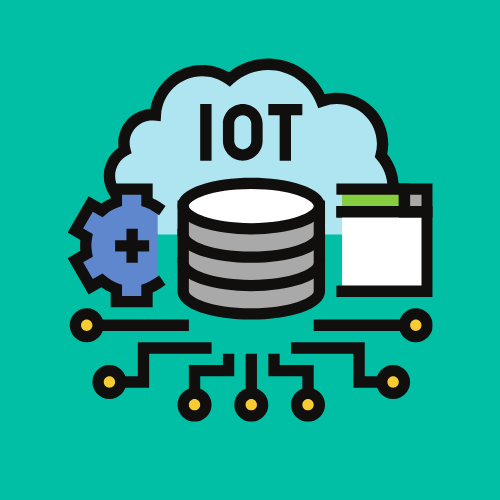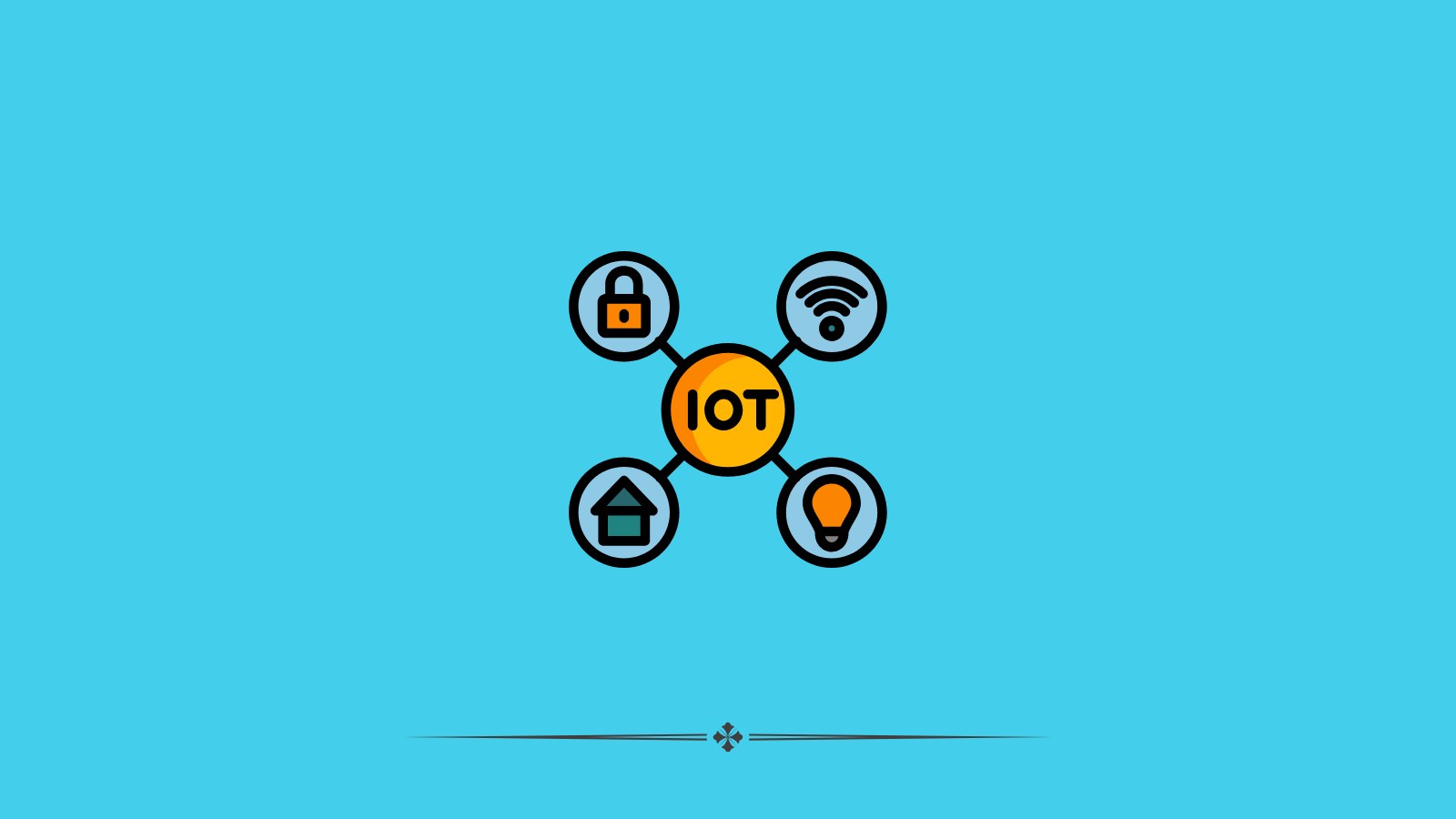Tips to Improve IoT Performance with Smarter Networking Plans

Have you ever wondered how your smart devices communicate so seamlessly? Imagine a world where billions of devices talk to each other instantly, sharing data at lightning speed. The Internet of Things (IoT) is transforming our lives, but what happens when these devices start to slow down or struggle to connect? What if there was a way to supercharge your IoT network and make it work smarter, not harder?
IoT is no longer just a buzzword; it’s a technological revolution that’s changing how we live, work, and interact with the world around us. From smart homes to industrial sensors, these interconnected devices are becoming an integral part of our daily lives. But with great connectivity comes great complexity, and many people struggle to optimize their IoT networks for peak performance.
Chapters
Understanding IoT Networking Challenges

When it comes to IoT, networking isn’t just about connecting devices it’s about creating a seamless, efficient ecosystem. Many organizations face significant challenges in managing their IoT infrastructure. The sheer volume of connected devices can create bottlenecks, security vulnerabilities, and performance issues that can bring entire networks to a crawl.
Travelers often face connectivity challenges, especially when moving between different regions. For international travelers, finding reliable internet connectivity can be tricky. New Zealand, known for its stunning landscapes and remote locations, presents its own set of connectivity challenges. However, having a reliable connection while exploring this diverse country is crucial. A new zealand travel sim can give seamless internet access, ensuring you stay connected throughout your journey.
With a reliable connection, you can navigate New Zealand’s winding roads with ease, stay in touch with loved ones, and access essential travel information in real time. This simple yet effective solution ensures your trip remains stress-free, allowing you to fully enjoy the beauty and adventure that New Zealand has to offer.
The Basics of Device Communication
Devices communicate through special digital languages called protocols. These protocols are like secret codes that help gadgets understand each other. Imagine if your smartphone and smart home system spoke completely different languages – nothing would work!
Every device has its own unique way of sending and receiving information. Some devices use Wi-Fi, while others might use Bluetooth or cellular networks. Understanding these communication methods helps us create better, faster connections.
The Role of Sensors in IoT
Sensors are like the eyes and ears of the Internet of Things. They collect information from the world around us and send it to other devices. A temperature sensor in a smart home can tell your heating system exactly when to turn on.
Different types of sensors do different jobs. Some measure temperature, others detect motion, and some can even sense air quality. These tiny technological marvels are constantly collecting and sharing information.
Understanding Network Bandwidth
Bandwidth is like a digital highway for information. The wider the highway, the more data can zoom through at once. When too many devices try to use a narrow highway, everything slows down.
Network engineers work hard to create super-wide digital highways. They use special tools to manage how much space each device gets for sending information. It’s like giving each device its own express lane.
Security in the IoT World
Keeping devices safe from hackers is super important. Just as you lock your front door, digital networks need protection too. Cybersecurity experts work hard to create strong digital locks for our devices.
Hackers are always trying to find ways into networks. They use tricky methods to sneak past security systems. That’s why IoT networks need constant updates and strong protection.
Edge Computing Explained
Edge computing is like having a mini-brain right next to your devices. Instead of sending all information to a faraway server, some processing happens right where the data is created. This makes everything faster and more efficient.
Imagine you have a security camera that can detect suspicious activity instantly. With edge computing, the camera can decide if something looks weird without waiting to send a message far away. This saves time and makes systems more responsive.
The Future of IoT Networking
The future of IoT looks incredibly exciting! We’re moving towards networks that can think and adapt on their own. Artificial intelligence will help devices make smarter decisions faster than ever before.
Researchers are developing networks that can predict and solve problems before they even happen. Imagine a smart city where traffic lights adjust automatically or a hospital where medical devices can predict patient needs instantly.
Sustainable IoT Technologies
Green technology is becoming a big deal in the IoT world. Engineers are creating devices that use less energy and have a smaller environmental impact. This means our cool tech can help protect the planet.
Solar-powered sensors and energy-efficient networks are becoming more common. These technologies help reduce electricity usage while keeping our devices connected and working smoothly.
Key Strategies for Improving IoT Performance

Optimize Network Architecture
Network design plays a crucial role in IoT performance. Intelligent network segmentation can dramatically improve overall system efficiency. By creating dedicated network paths for different types of IoT devices, organizations can reduce congestion and improve data transmission speeds.
Implementing smart routing protocols helps devices communicate more effectively. This approach minimizes unnecessary data traffic and ensures critical information gets priority treatment. Network administrators can create intelligent routing maps that optimize data flow and reduce latency.
Enhanced Security Measures
IoT security is not just an option it’s a necessity. Robust security protocols can prevent potential breaches and protect sensitive data. Implementing multi-layer security approaches ensures that each device and network connection remains secure.
Advanced encryption techniques and real-time monitoring systems can detect and prevent potential security threats. By creating adaptive security frameworks, organizations can stay one step ahead of potential cyber risks and maintain the integrity of their IoT networks.
Performance Optimization Techniques
Bandwidth Management
Intelligent bandwidth allocation can transform IoT network performance. By prioritizing critical data streams and managing network resources effectively, organizations can ensure smooth and efficient communication between devices.
| Technique | Impact | Implementation Difficulty |
| Network Segmentation | High | Medium |
| Adaptive Routing | Very High | High |
| Bandwidth Prioritization | High | Low |
| Edge Computing | Medium | High |
Data Processing Strategies
Edge computing has emerged as a game-changing approach for IoT networks. Data closer to the source can decrease latency and can improve the overall system responsiveness of the organization. It attempts to shift some of the burden of decision-making off the central servers and performs faster decision-making.
Monitoring and Continuous Improvement
Real-Time Analytics
Advanced monitoring tools provide unprecedented insights into IoT network performance. With these solutions, organizations can see real-time issues, including potential problems that otherwise would grow bigger and cost a lot more money to fix.
Proactive network management using predictive maintenance techniques is possible. Performance metrics can be continuously analyzed to optimize the organization’s IoT infrastructure and also potential bottlenecks can be identified.
Conclusion
Improving IoT network performance requires a comprehensive, strategic approach. By implementing intelligent networking plans, organizations can unlock the full potential of their IoT infrastructure. The future of connectivity depends on our ability to create smarter, more efficient networks.
Frequently Asked Questions
How Can I Improve My IoT Network’s Performance?
Focus on network architecture, implement smart routing protocols, and use advanced monitoring tools to optimize performance continuously.
What Are the Most Significant IoT Networking Challenges?
The primary challenges include managing device complexity, ensuring robust security, and maintaining efficient data transmission across diverse networks.
How Important Is Security in IoT Networking?
Security is critical. Implementing multi-layer security protocols and continuous monitoring are essential for protecting IoT networks from potential threats.
Create more and better content
Check out the following resources and Grow!